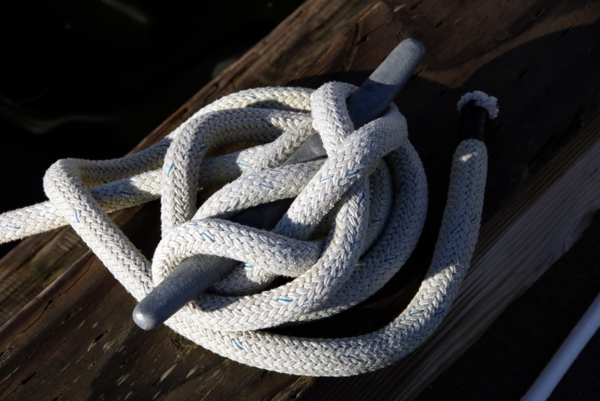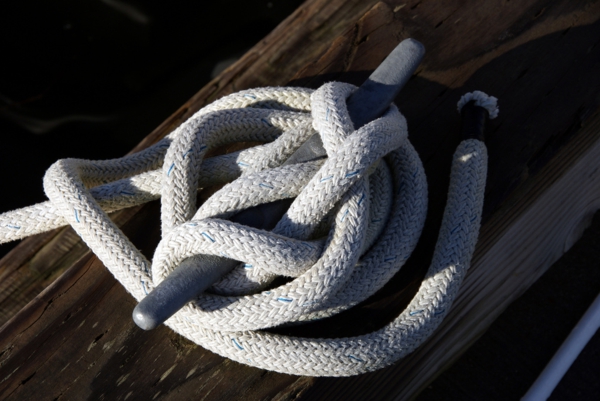Cleats are something that the non-nautical layperson simply doesn’t have to worry about in their daily life. However, when you own a vessel, it’s important to keep your cleats straight.
Cleats are the metal anvil-like devices, which have two little ‘horns’ making it easy to wind and affix ropes on flat surfaces. They’re a simple device but there are many variations and it’s important to make sure you’re buying the right cleat for the right job. Here are some basic things to look for when you’re looking to replace old cleats.
Fastening and Backing
Your cleats will be put under a great deal of stress so it’s important that they are reinforced correctly. They should always be through bolted with both lugnuts and washers. There will be lots of pressure along the axial plane, so there should be a vertical component. A backing plate is also essential as it reduces the pressure, spreads the load and prevents stress cracks from forming in the deck. Good materials to pick include glassed plywood, sheeted fibreglas or sheet aluminium that has been cut for purpose. However, if you have a boat with a plywood-core deck or a deck with laminated backing material then you can probably forego buying separate backing.

Size and Material
If you are buying cleats then it is probably best to go for aluminium, stainless steel or bronze as all of these metals can stand up to a high degree of strain and punishment at sea and won’t rust so easily. Don’t be tempted to get ‘white metal’ hardware for its aesthetic value – you need something that will last a long time and be as safe as possible. However, if you have a small boat or you want t secure lighter boating accessories, you can use plastic cleats. You might even want to make your own cleats and there are plenty of guides online to carving your own out of wood. Many sailors prefer this option as a way of uniting both safety and aesthetics. However, you need to have a certain skill level in order to attempt this whittling project. As far as sizing goes, you have to consider the diameter of the rope on your boat. Any cleat that you buy has to be able to accept at least two lines of your own rope.
Different varieties of cleat
1. Open-Base Horn Cleat
This is the most traditional of all the cleats, the classic cleat, one might say. It’s used for all sorts of general line fastenings and is a thick T shape with a hole at the centre and a thick, sturdy base. This design allows boaters to affix ropes quickly and securely, supporting everything from a critical line to a load-bearing hook.
2. Bollard Cleat
This cleat is used for supporting more heavy-duty loads and are chiefly used for towing, pulling and at the edge of docks where boats can be tied up quickly. The bollard is characterised by its thick centre post which is topped by a very wide upper section that has been designed so that the line will not slip from the top. Some bollard cleats have little metal arms instead of the thicker upper section. You might also see them at the head of pleasure boats to support the anchor line. These are a versatile cleat indeed!
3. Jam Cleat
If you have a sailing boat then odds are you are more than familiar with jam cleats. They are chiefly used to raise and lower the sails quickly and smoothly, allowing the rope to be pulled in one direction but with little raised teeth to prevent it from slipping back again. Jam cleats are usually characterised by their ‘v’ shape and must be properly maintained as their moving parts mean that they are more susceptible to damage.
So there you have it – a guide to cleats, their proper selection and usage. So, next time you’re at a boat show eyeing up the yachts for sale, I advise you bite the bullet, raise your voice high and ask “So….what’s the cleat situation?” You ‘ll be sailing like a pro in no time.
Featured images:
- License: Creative Commons image source
Sam Wright surely knows his cleats. Ask him anything. He works with www.ybw-boatsforsale.com

